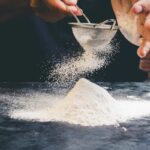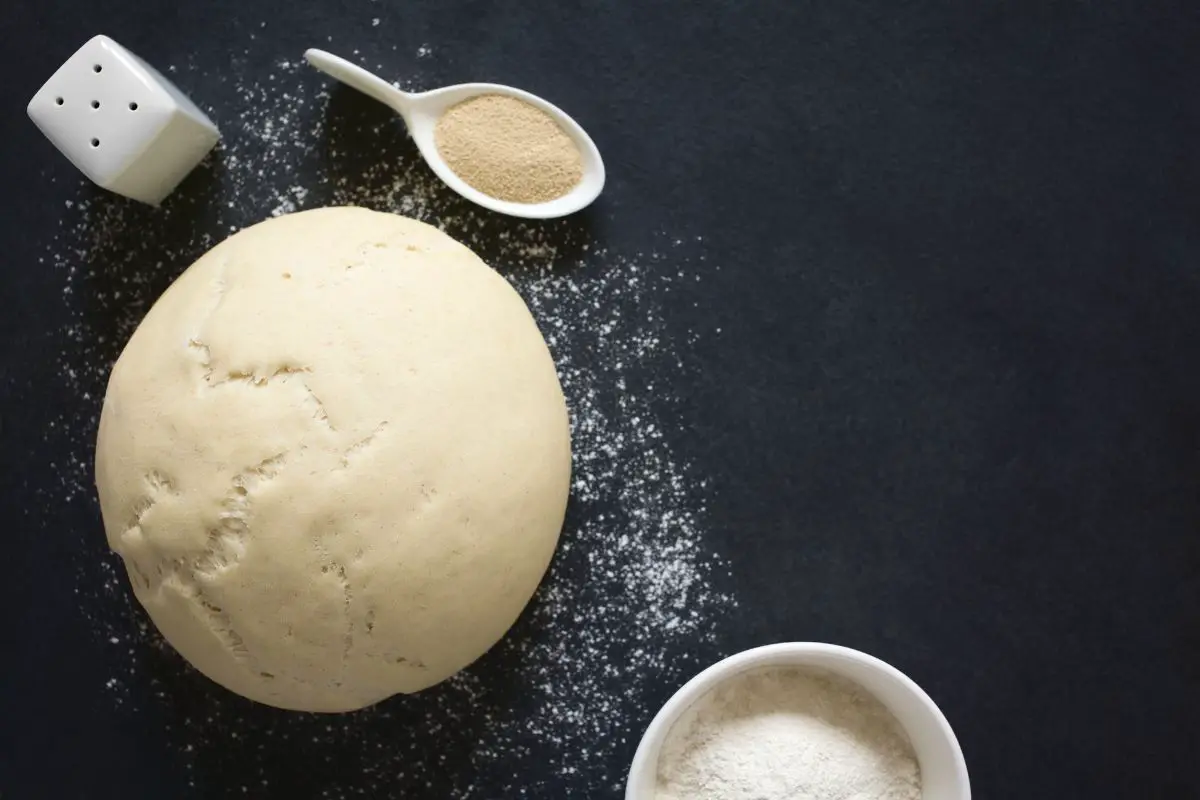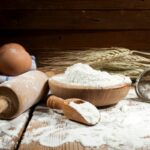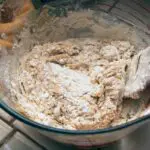When following recipes, it is very important that you make sure that all the ingredients are correct. Most recipes will ask for a specific kind of flour, so you will need to make sure that you use that exact kind of flour.
Frequent bakers will need to be fully stocked with all purpose flour, whole wheat flour, pastry flour, bread flour, cake flour, and self rising flour.
They will also need additional ingredients, such as cornstarch, baking powder, and salt for baked goods recipes.
You may be wondering why any of this will make a different to your recipes. As it turns out, these different types of flours will ensure different outcomes when being used for different kind of baked goods.
Below, we will explain the difference between self raising flour and cake flour. We will also show you how to substitute each flour for the other using additional ingredients.
Self Rising Flour Vs Cake Flour
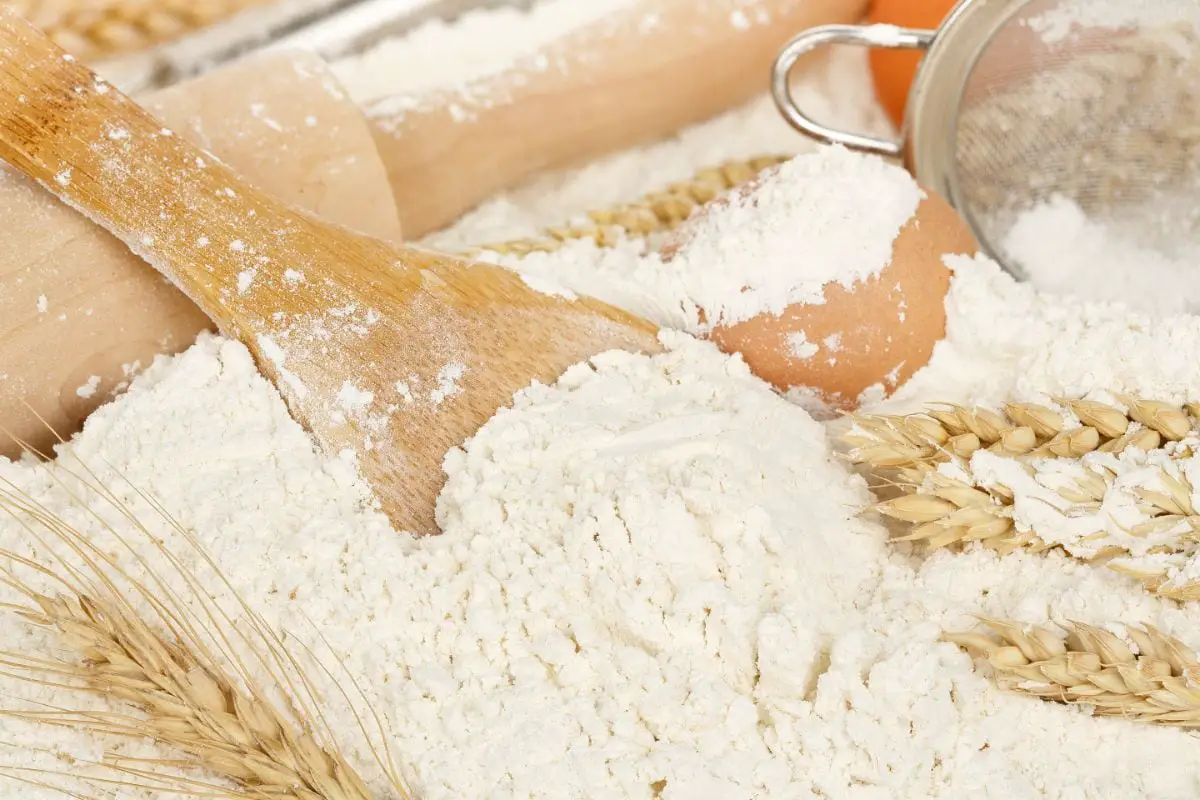
Self raising flour and cake flour are not one and the same, and should be used for different purposes. Below, we have listed the many differences between the two types of flour.
Different Ingredients
The main reason that self rising flour and cake flour are not the same thing is quite simple: they contain different ingredients.
Self rising flour is pretty much the same as plain flour, or all-purpose flour, with some leavening agents (e.g., baking powder) and salt added into the mix.
Cake flour, on the other hand, does not contain any leavening agents. Therefore, while using cake flour, you will need to add some baking powder in order for the food products to rise while baking.
Protein Content
One of the main differences between cake flour and self rising flour is the protein content. As a rule, cake flour will have a lower protein content compared to self rising flour.
While the difference in protein content isn’t too significant, it is enough to make a difference overall. Self rising flour will contain between 10% and 12%, while cake flour will contain less protein, at around 8.5%.
Gluten Content
The more protein that is present in flour, the more gluten will also be produced. Gluten is naturally produced through protein, so if flour contains a low protein content, it will also contain a low gluten content.
Therefore, another major difference between self rising flour and cake flour is the amount of gluten in each product.
As you would expect, cake flour is known to possess a much lower gluten content compared to self rising flour.
Self rising flour will contain, at the very least, 9.5% gluten, while cake flour contains less gluten; between 7.5% and 9%.
Consistency
Lastly, another way to distinguish between cake flour and self rising flour is the texture of the product. They feel slightly different, as one has a finer texture than the other.
Cake flour is a finely milled flour, meaning that it is a lot softer to touch. This consistency makes the flour a lot more absorbent, which helps to produce a light and airy cake when used in baking.
Compared to the fine texture of cake flour, self rising flour also has a light texture, but is slightly courser. It can be difficult to tell the difference unless you know to look out for it.
The Purpose Of Cake Flour
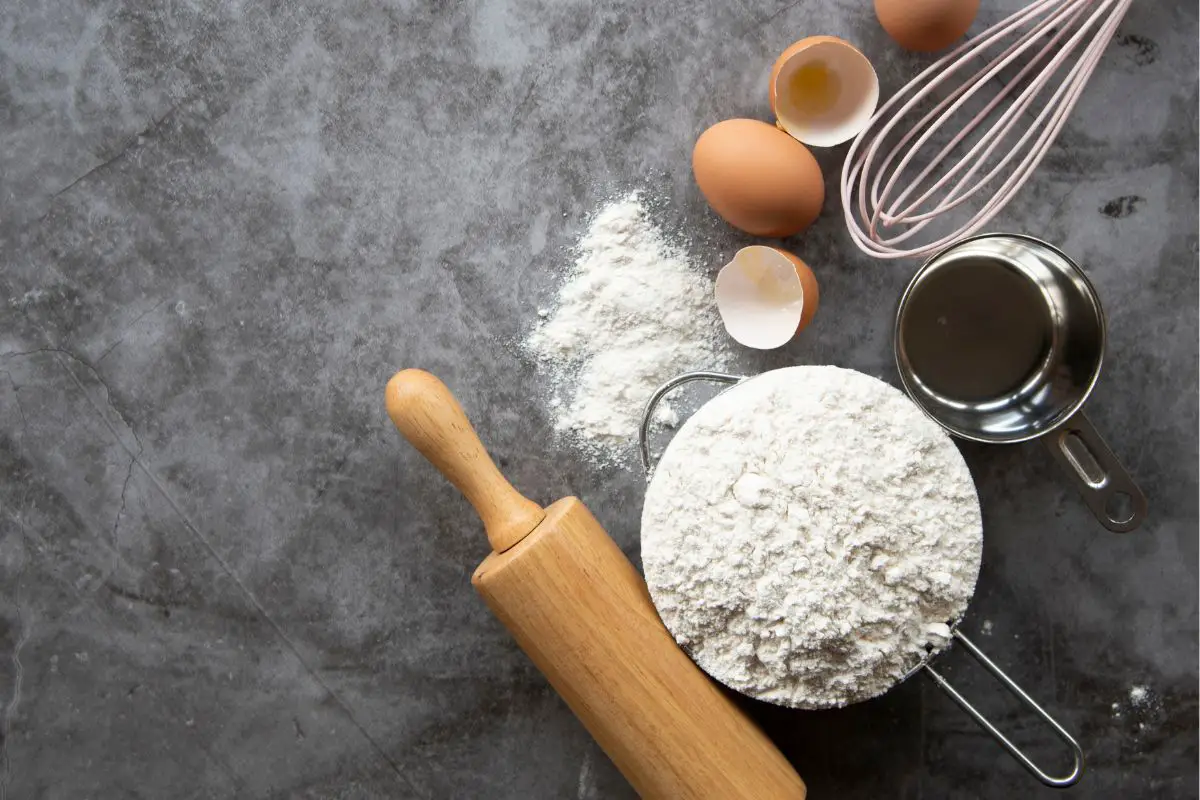
Cake flour is most often used to bake cakes. It should be used alongside leavening agents, like baking powder, as using this product alone will likely result in sunken cakes that have not risen.
Most cake flour does not contain baking powder, but some do.
Cake flour is not too different to AP flour (all purpose flour) when it comes to ingredients and purpose, but it is important to remember that these flours are also very different.
You should always use the exact flour that your specific recipe calls for.
The Purpose Of Self Rising Flour
Self rising flour can also be used to make cakes, but it is more frequently used to make biscuits and bread dough.
Self rising flour contains salt and baking powder, which helps the baked products to rise properly as they bake. You do not need to use any leavening agents alongside self rising flour, as the baking powder will help the food to rise on its own.
Can I Use Self Rising Flour As A Substitute For Cake Flour?
If you do not have cake flour at home, you can use a self rising flour substitute. In order to do this, you will need to adjust the recipe.
When replacing cake flour with self rising flour, you should use two tablespoons less self rising flour than the intended amount of cake flour, and replace it with two tablespoons of cornstarch.
Can I Use Cake Flour As A Substitute For Self Rising Flour?
You can also use self rising flour in the place of cake flour. To use a cake flour substitute in your recipe while making cakes, you will need to make some adjustments.
For every cup of self rising flour, you will need to use one cup of cake flour, along with 1/2 teaspoon of baking powder and 1/2 teaspoon of salt as a replacement. Use a measuring cup to work out the exact measurements.
Final Thoughts
If your recipe calls for cake flour, you will need to use that exact kind of flour in your recipe. The same goes for if your recipe calls for using self rising flour, or even all-purpose flour.
You can make your own cake flour by adding two tablespoons of cornstarch to one cup of regular flour.
You can also make your own self rising flour by adding 1/2 teaspoon of baking powder and a pinch of salt to a cup of cake flour.
Be careful when using substitutes for cake recipes, as using the wrong ingredients will result in a different texture than what the original recipe intended.


